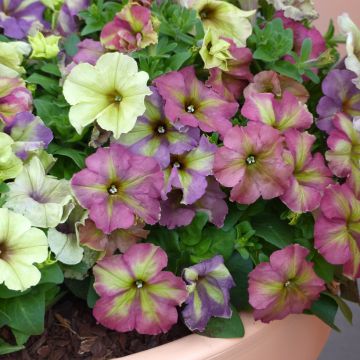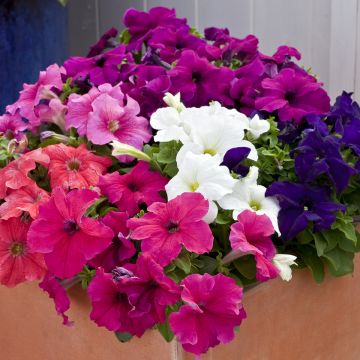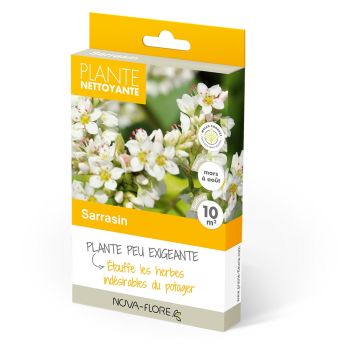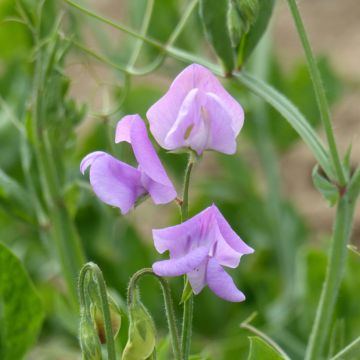

Pétunia retombant F1 Easy Wave Red - Petunia x hybrida hedgiflora
Petunia F1 Easy Wave Red
Petunia x hybrida hedgiflora F1 Easy Wave Red
Hedging Petunia, Spreading Petunia
This item cannot be shipped to the selected country
Dispatch by letter from €3.90
More information
Schedule delivery date,
and select date in basket
This plant carries a 6 months recovery warranty
More information
We guarantee the quality of our plants for a full growing cycle, and will replace at our expense any plant that fails to recover under normal climatic and planting conditions.
Seed-only orders are dispatched by sealed envelope. The delivery charge for seed-only orders is €3.90.
Does this plant fit my garden?
Set up your Plantfit profile →
Description
The Trailing Petunia 'F1 Easy Wave Red', also known as Petunia x hybrida hedgiflora, has a theatrical quality. It has a truly trailing habit and produces stems over 60 cm (24in) tall, completely covered in voluptuous flowers cut from a bright and deep red velvet. The plants resist bad weather, botrytis, and flower continuously until the first frost. This annual plant unfurls its sumptuous layers tirelessly in summer flower beds, generously overflowing from pots and hanging baskets. Sow under glass from late winter in fertile and light soil.
Our hybrid petunias come from several plants native to the warm regions of South America. Trailing petunias originated by chance when a scientist noticed in 1989, on the edge of a field, a particularly vigorous wild petunia covered in bright flowers: Petunia inflata. Crossed with other species and hybrids, this species gave rise to trailing petunias named Surfinias. The Trailing Petunia 'F1 Easy Wave Red' belongs to the Solanaceae family and is closely related to ornamental tobacco and its foliage also contains alkaloids. This plant quickly forms a round clump, almost like a bush, at least 60 cm (24in) tall and 40 cm (16in) in diameter, with a very trailing habit. It produces cascades of flowers from June until the first frost, as long as faded flowers are regularly removed and supplied with fertiliser. Its cup-shaped velvety flowers are a good size, measuring 6 cm (2in) in diameter, in bright and deep red with a dark centre. The foliage, quite pubescent, particularly resistant to diseases and bad weather, has entire edges and a dark green colour.
No other annual flowering plant has undergone such thorough selection work by breeders for over a century. The results are impressive, as petunias rival geraniums in terms of splendour and length of flowering, as demonstrated by this Easy Wave Red variety. Plant it in large pots near high-traffic areas or hanging baskets above walls, wherever its flower-covered stems can trail down. You can also plant them in borders, in large clusters, to punctuate the borders of plants with grey foliage such as geraniums or artemisias or to cover the base of roses.
Attention, seeds reserved for highly experienced gardeners accustomed to sowing very fine seeds. These seeds are as fine as dust, barely visible to the naked eye.
Report an error about the product description
Flowering
Foliage
Plant habit
Botanical data
Petunia
x hybrida hedgiflora
F1 Easy Wave Red
Solanaceae
Hedging Petunia, Spreading Petunia
Cultivar or hybrid
Other Petunia seeds
Planting and care
Sow petunia seeds from late winter to mid-spring at 21-27°C (69.8-80.6°F) in a tray by spreading the seeds on the surface of a good specific research area compost-enriched sowing medium. Mix the seeds with sand or light compost to sow more thinly. Do not cover the seeds, but press them onto the substrate. Keep the soil moist but not waterlogged. Maintain the sowing in the light in a sealed transparent plastic bag. Germination usually takes 10 to 21 days. When the seedlings are large enough to handle, transplant them into pots and let them grow in cooler conditions. For 10 to 15 days, gradually acclimate them to outdoor conditions, and then, when all risk of frost has passed, plant them in the open ground, in a sunny and sheltered location, in well-drained soil. For container cultivation, transplant the seedlings into 7.5 cm (3in) diameter pots and place them in a cool, well-ventilated area with good light and protected from direct sunlight.
Sowing period
Intended location
-
, onOrder confirmed
Reply from on Promesse de fleurs
Flower seeds
Haven't found what you were looking for?
Hardiness is the lowest winter temperature a plant can endure without suffering serious damage or even dying. However, hardiness is affected by location (a sheltered area, such as a patio), protection (winter cover) and soil type (hardiness is improved by well-drained soil).

Photo Sharing Terms & Conditions
In order to encourage gardeners to interact and share their experiences, Promesse de fleurs offers various media enabling content to be uploaded onto its Site - in particular via the ‘Photo sharing’ module.
The User agrees to refrain from:
- Posting any content that is illegal, prejudicial, insulting, racist, inciteful to hatred, revisionist, contrary to public decency, that infringes on privacy or on the privacy rights of third parties, in particular the publicity rights of persons and goods, intellectual property rights, or the right to privacy.
- Submitting content on behalf of a third party;
- Impersonate the identity of a third party and/or publish any personal information about a third party;
In general, the User undertakes to refrain from any unethical behaviour.
All Content (in particular text, comments, files, images, photos, videos, creative works, etc.), which may be subject to property or intellectual property rights, image or other private rights, shall remain the property of the User, subject to the limited rights granted by the terms of the licence granted by Promesse de fleurs as stated below. Users are at liberty to publish or not to publish such Content on the Site, notably via the ‘Photo Sharing’ facility, and accept that this Content shall be made public and freely accessible, notably on the Internet.
Users further acknowledge, undertake to have ,and guarantee that they hold all necessary rights and permissions to publish such material on the Site, in particular with regard to the legislation in force pertaining to any privacy, property, intellectual property, image, or contractual rights, or rights of any other nature. By publishing such Content on the Site, Users acknowledge accepting full liability as publishers of the Content within the meaning of the law, and grant Promesse de fleurs, free of charge, an inclusive, worldwide licence for the said Content for the entire duration of its publication, including all reproduction, representation, up/downloading, displaying, performing, transmission, and storage rights.
Users also grant permission for their name to be linked to the Content and accept that this link may not always be made available.
By engaging in posting material, Users consent to their Content becoming automatically accessible on the Internet, in particular on other sites and/or blogs and/or web pages of the Promesse de fleurs site, including in particular social pages and the Promesse de fleurs catalogue.
Users may secure the removal of entrusted content free of charge by issuing a simple request via our contact form.
The flowering period indicated on our website applies to countries and regions located in USDA zone 8 (France, the United Kingdom, Ireland, the Netherlands, etc.)
It will vary according to where you live:
- In zones 9 to 10 (Italy, Spain, Greece, etc.), flowering will occur about 2 to 4 weeks earlier.
- In zones 6 to 7 (Germany, Poland, Slovenia, and lower mountainous regions), flowering will be delayed by 2 to 3 weeks.
- In zone 5 (Central Europe, Scandinavia), blooming will be delayed by 3 to 5 weeks.
In temperate climates, pruning of spring-flowering shrubs (forsythia, spireas, etc.) should be done just after flowering.
Pruning of summer-flowering shrubs (Indian Lilac, Perovskia, etc.) can be done in winter or spring.
In cold regions as well as with frost-sensitive plants, avoid pruning too early when severe frosts may still occur.
The planting period indicated on our website applies to countries and regions located in USDA zone 8 (France, United Kingdom, Ireland, Netherlands).
It will vary according to where you live:
- In Mediterranean zones (Marseille, Madrid, Milan, etc.), autumn and winter are the best planting periods.
- In continental zones (Strasbourg, Munich, Vienna, etc.), delay planting by 2 to 3 weeks in spring and bring it forward by 2 to 4 weeks in autumn.
- In mountainous regions (the Alps, Pyrenees, Carpathians, etc.), it is best to plant in late spring (May-June) or late summer (August-September).
The harvesting period indicated on our website applies to countries and regions in USDA zone 8 (France, England, Ireland, the Netherlands).
In colder areas (Scandinavia, Poland, Austria...) fruit and vegetable harvests are likely to be delayed by 3-4 weeks.
In warmer areas (Italy, Spain, Greece, etc.), harvesting will probably take place earlier, depending on weather conditions.
The sowing periods indicated on our website apply to countries and regions within USDA Zone 8 (France, UK, Ireland, Netherlands).
In colder areas (Scandinavia, Poland, Austria...), delay any outdoor sowing by 3-4 weeks, or sow under glass.
In warmer climes (Italy, Spain, Greece, etc.), bring outdoor sowing forward by a few weeks.
























































